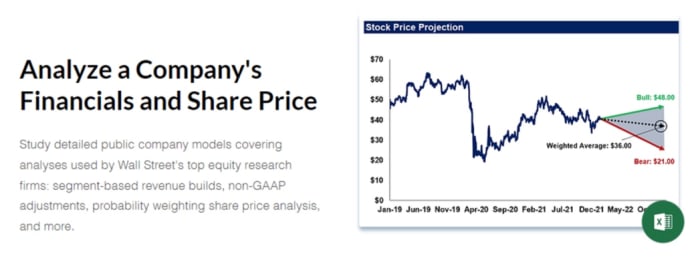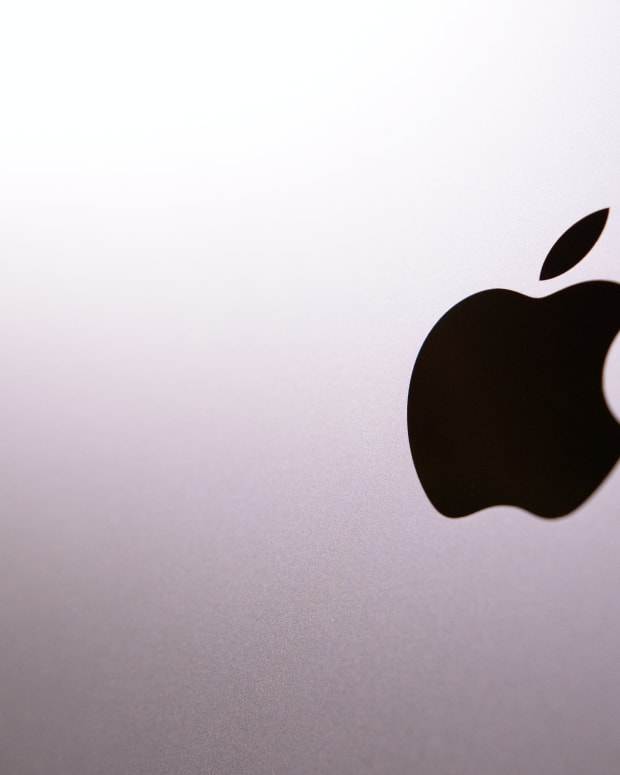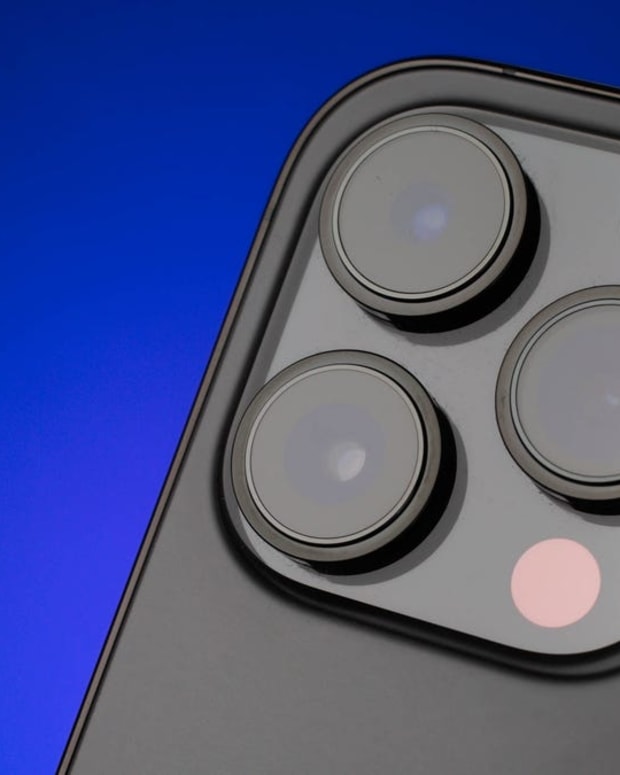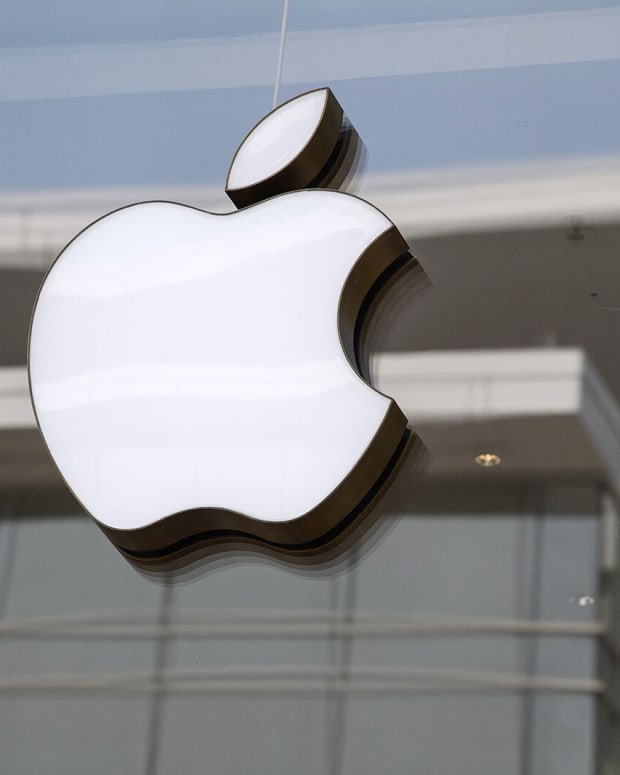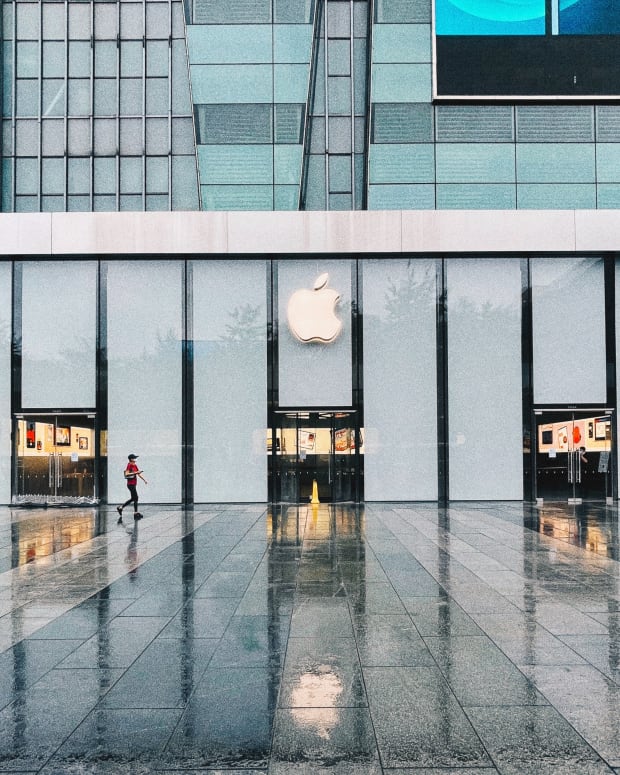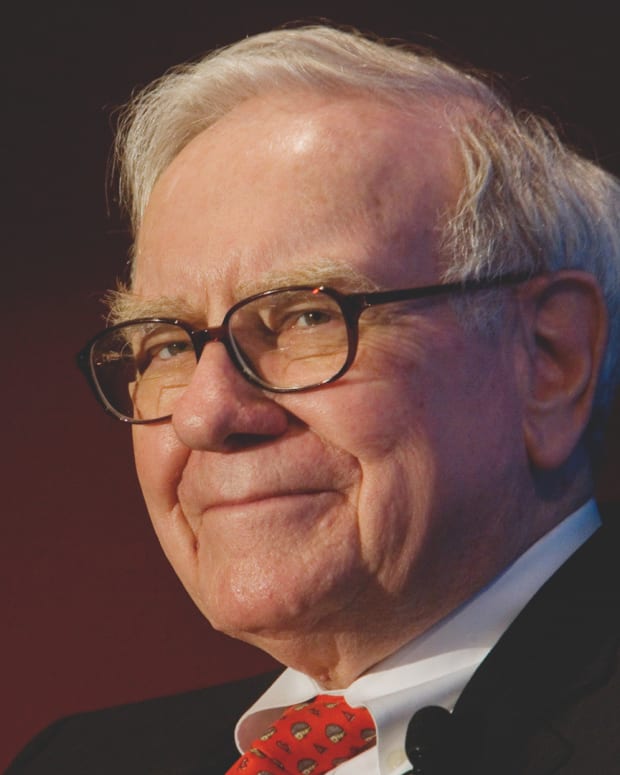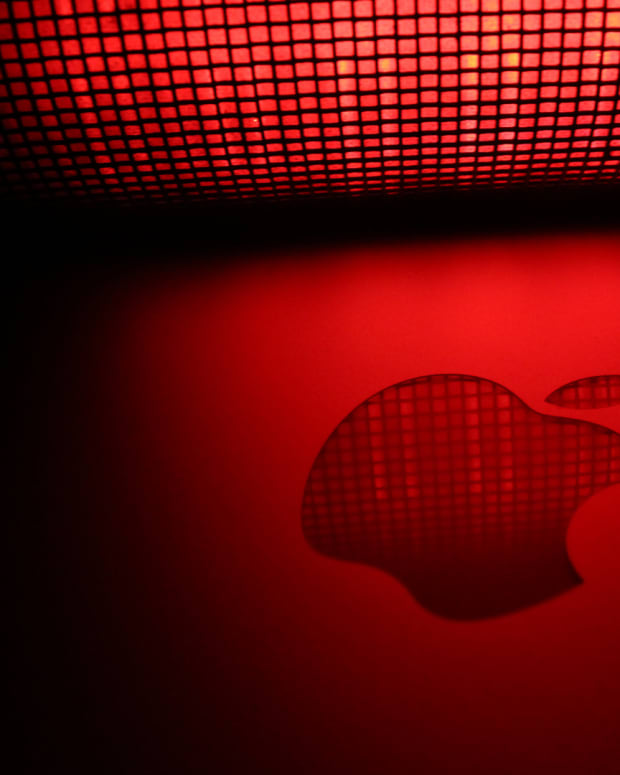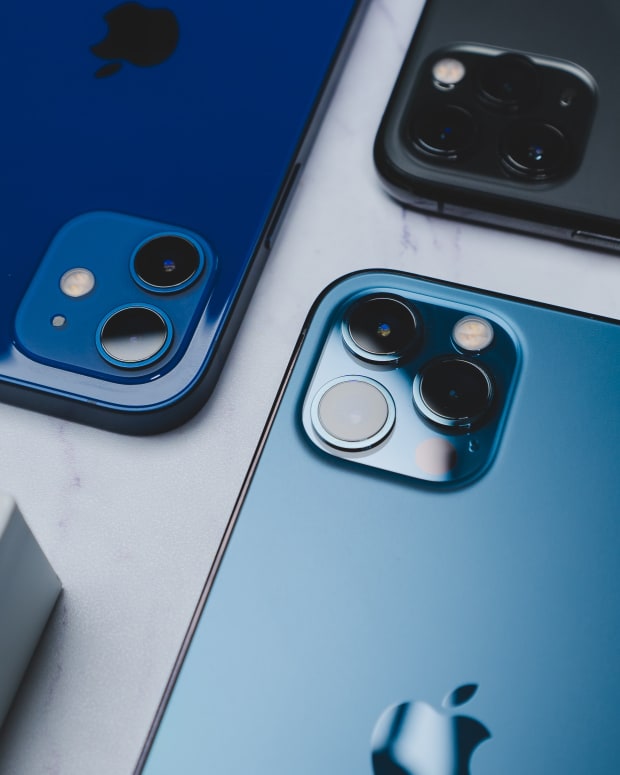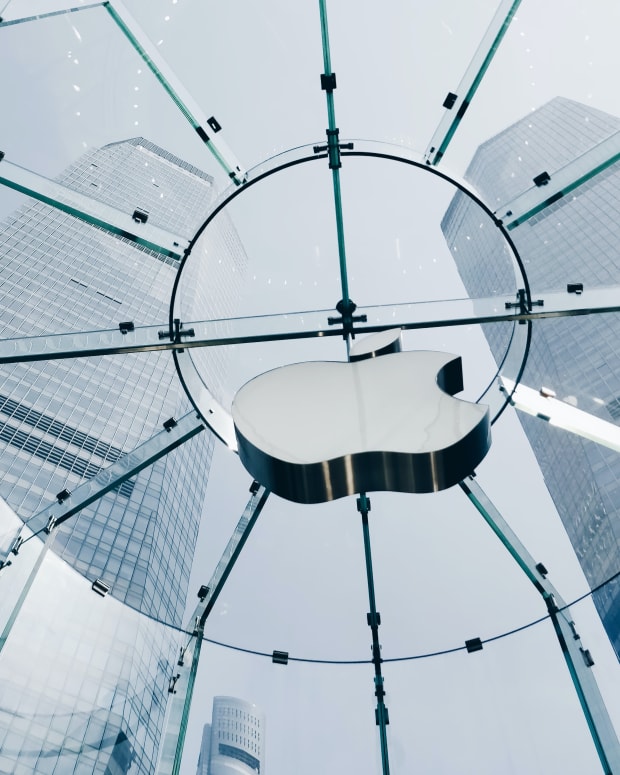Apple Is Having Another iPhone Mini-Like Problem
No, the title of this article does not contain a typo. And yes, the iPhone mini is not even one of Apple’s key product offerings anymore, after the models launched in the past two years failed to capture enough demand from consumers.
With the mini effectively discontinued at this point (the trim has not been featured in the iPhone 14 lineup), how come Apple still has an iPhone mini problem today?
The clue is in Apple stock (AAPL) - Get Free Report having lost a whopping $70 billion in market value in a matter of 10 minutes on Tuesday, October 18 (see chart below).
iPhone Plus: what happened
At around 2:30 p.m. EST, The Information reported on Apple’s alleged decision to scale back on iPhone 14 Plus production. As a reminder, this is the smartphone model introduced in September that very much resembles the basic iPhone 14 version, but with a larger screen of 6.7 inches compared to 6.1 inches.
According to the story, at least one component maker in China was asked to halt production of iPhone 14 Plus parts, while two assemblers reduced their activities by 70% and 90%. All of it was allegedly a reaction to Apple’s decision to reassess demand for the iPhone 14 Plus.
Seconds after the news broke, Apple stock sank from about $145 to less than $141 in minutes. Despite the lack of any other relevant developments, the S&P 500 dipped nearly 1% very quickly – in part because AAPL is such a significant component of the index, but also possibly due to trading algorithms doing their “magic”.
Is the iPhone Plus the new iPhone mini?
In terms of specs, the iPhone 14 Plus and the iPhone 13 mini share very little in common. The former is much larger, has a better camera and battery life, and is pricier.
But the two smartphone models have one thing in common: they may have been failed attempts at expanding Apple’s target market. The mini was probably intended to fill the gap between the iPhone SE and the flagship iPhone, while the Plus was meant to fit between the regular iPhone and the iPhone Pro.
Apple, the largest and arguably most competent consumer company in the world, may have severely overestimated the market potential of both the iPhone mini and iPhone Plus. For it, and at best for a brief moment of trading on October 18, the Cupertino company paid the price.
Should AAPL investors be worried?
Following the recent iPhone 14 Plus developments, should Apple stockholders be concerned? Not too much, in my opinion.
First, production cuts of one iPhone 14 Plus trim, one that is far from being Apple’s flagship smartphone offering, might merely suggest an adjustment to the product mix.
For example, there seems to be a consensus that the iPhone Pro has been a big hit this year. If weakness in Plus sales is mostly a reflection of consumers upgrading their purchases to the Pro model, investors should feel encouraged instead.
Second, as I have argued plenty in the past few days, the direction of Apple's share price in the foreseeable future will likely be a function of macroeconomic variables: inflation, interest rates, and economic activity.
So, before choosing to buy or sell AAPL today, I think that investors should start by thinking about where the economy is heading – and not about the performance of this or that version of the iPhone in the current quarter or year.
Land a Top Equity Research Job with Peak Frameworks
Equity research is a great career path that combines deep industry analysis and financial modeling, while exposing you to the strategic frameworks of many different types of investors in the stock market.
Many students have used the Peak Frameworks Equity Research course to break into the industry out of school, or to transition into the field from a non-finance career path. The lead instructor has experience working at Goldman Sachs and J.P. Morgan and was involved in the recruiting process at both banks, so you’ll get a comprehensive view of the skills you need to get and prepare for an interview.
To learn more, click on this link and use the code APPLEMAVEN10 for 10% off the course.
(Disclaimers: this is not investment advice. The author may be long one or more stocks mentioned in this report. Also, the article may contain affiliate links. These partnerships do not influence editorial content. Thanks for supporting the Apple Maven)


